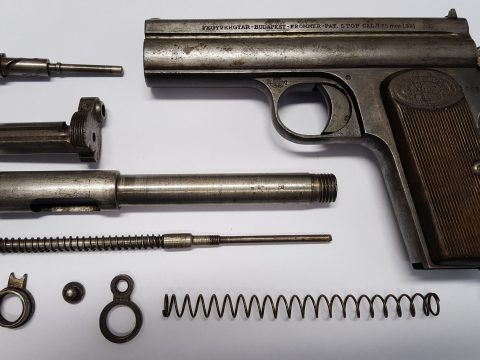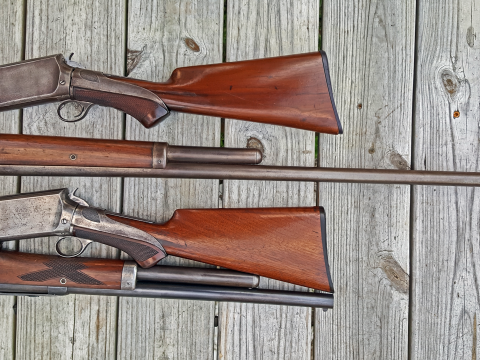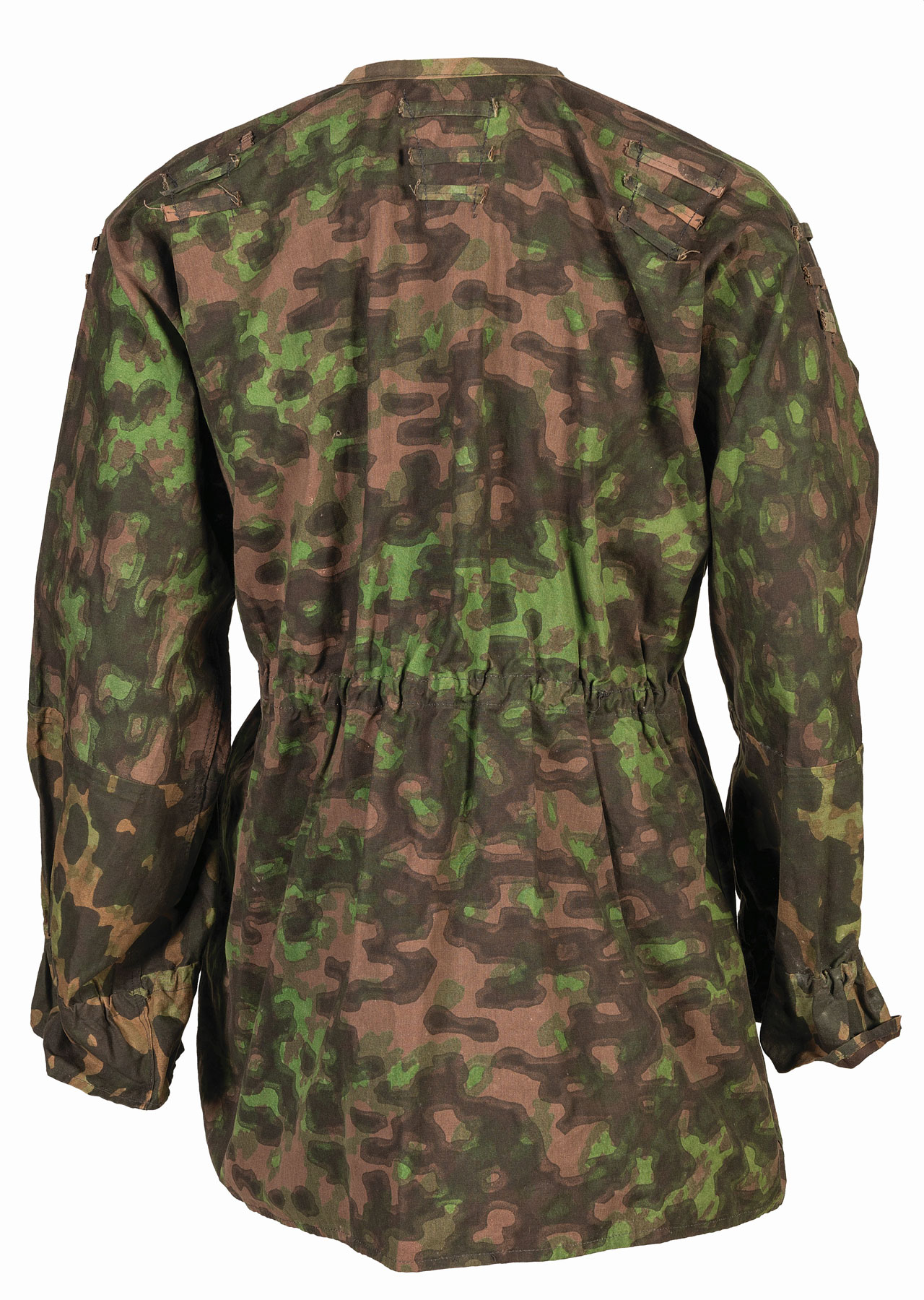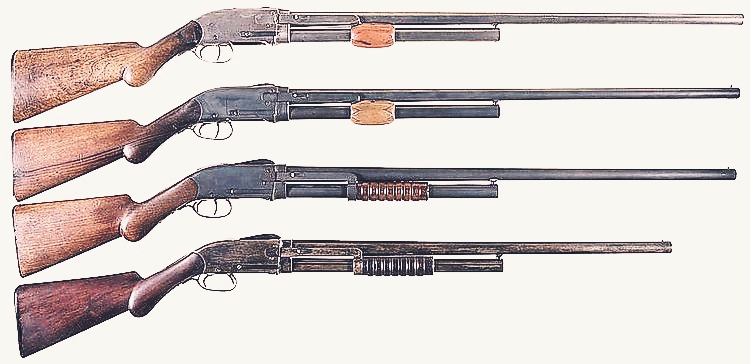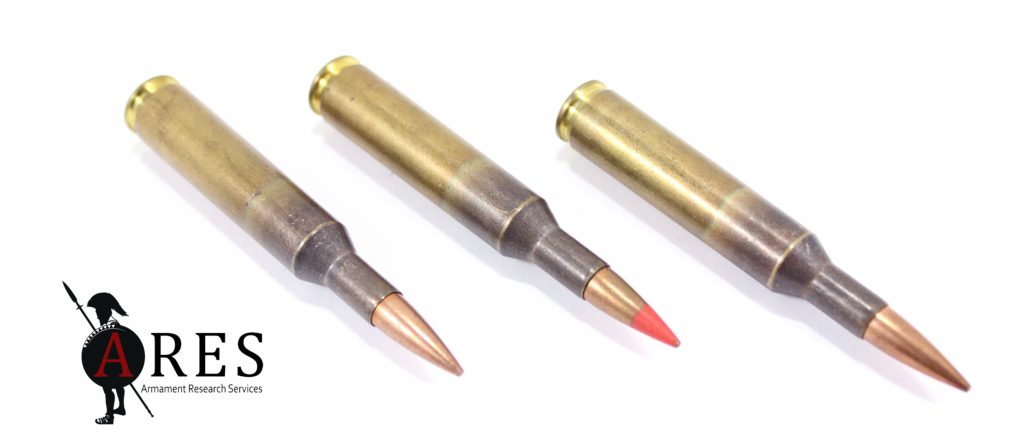
Since the adoption of the 7.62 × 51 mm cartridge by NATO in 1954, it has been criticised for its substantial recoil impulse, which many argued resulted in uncontrollable automatic fire from service rifles of the period. This problem was not unique to the 7.62 × 51 mm cartridge, and other full-power rifle cartridges imposed similar limitations. Even the ill-fated British Janson E.M.2. self-loading rifle, chambered for the lighter and perhaps ‘more intermediate’ .280 British (7 × 43 mm) cartridge was prone to stiff recoil in automatic fire. Contrary to their earlier stated desires, the British adopted a slightly-modified semi-automatic variant of the FN Herstal FAL as the L1A1 SLR (Self-Loading Rifle) in 1957. Chambered for the 7.62 NATO cartridge, The L1A1 SLR was considered by some to be too powerful, heavy, and long for the modern battlefield and the demands of mechanised warfare. Despite not possessing automatic fire capability, stiff recoil still inhibited rapid follow-up shots. On top of these concerns, the British Army had found that by 1970, the SLR was becoming expensive to produce and difficult to maintain.
Continue reading: A Cartridge in Brief: 4.85 × 49 mm British
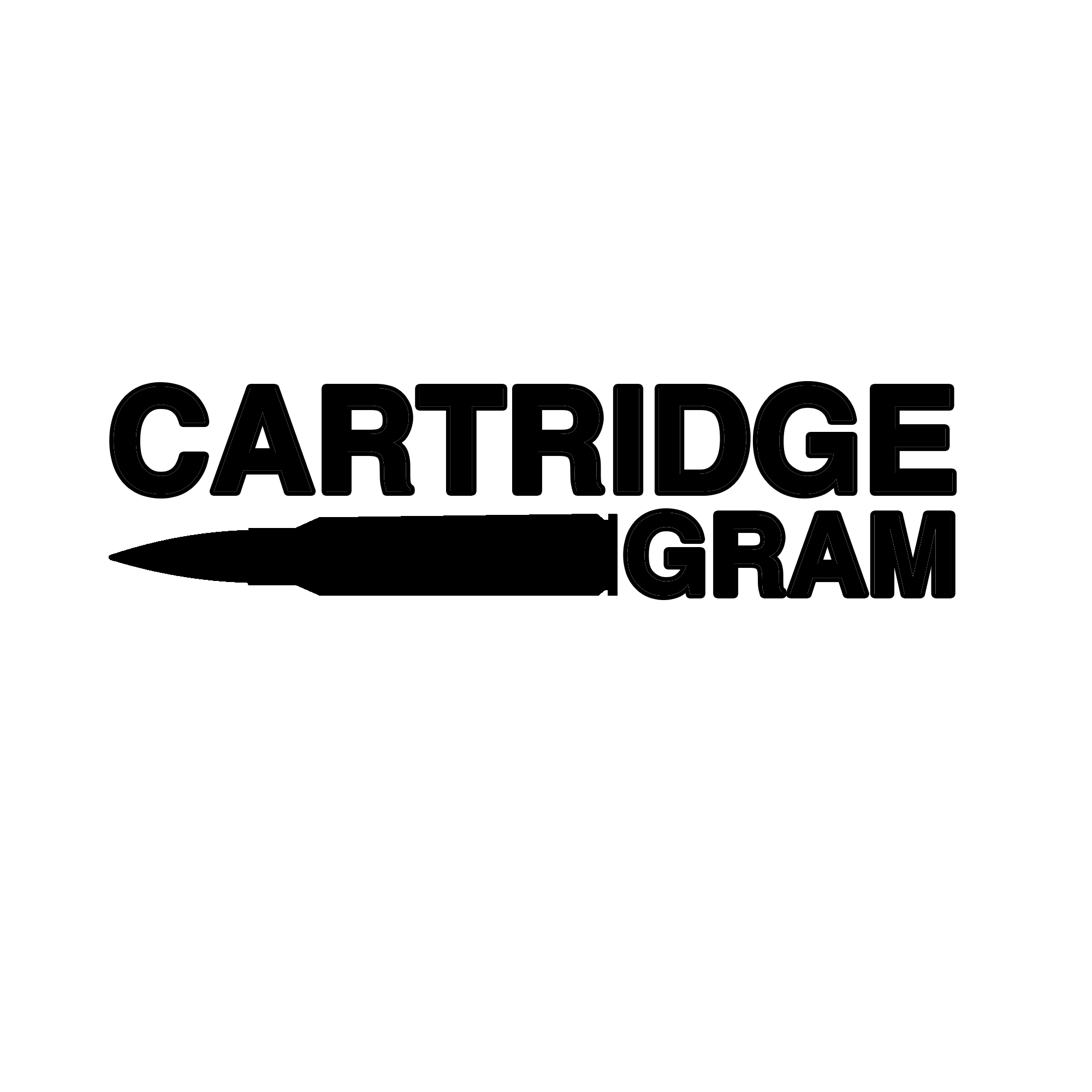
CartridgeGram is a project by Jack Dutschke focusing primarily on the history of interesting, experimental and prototype military ammunition supplemented by high-quality photography. Jack is a firearms hobbyist, cartridge collector and an active member of many cartridge collecting associations around the world.
